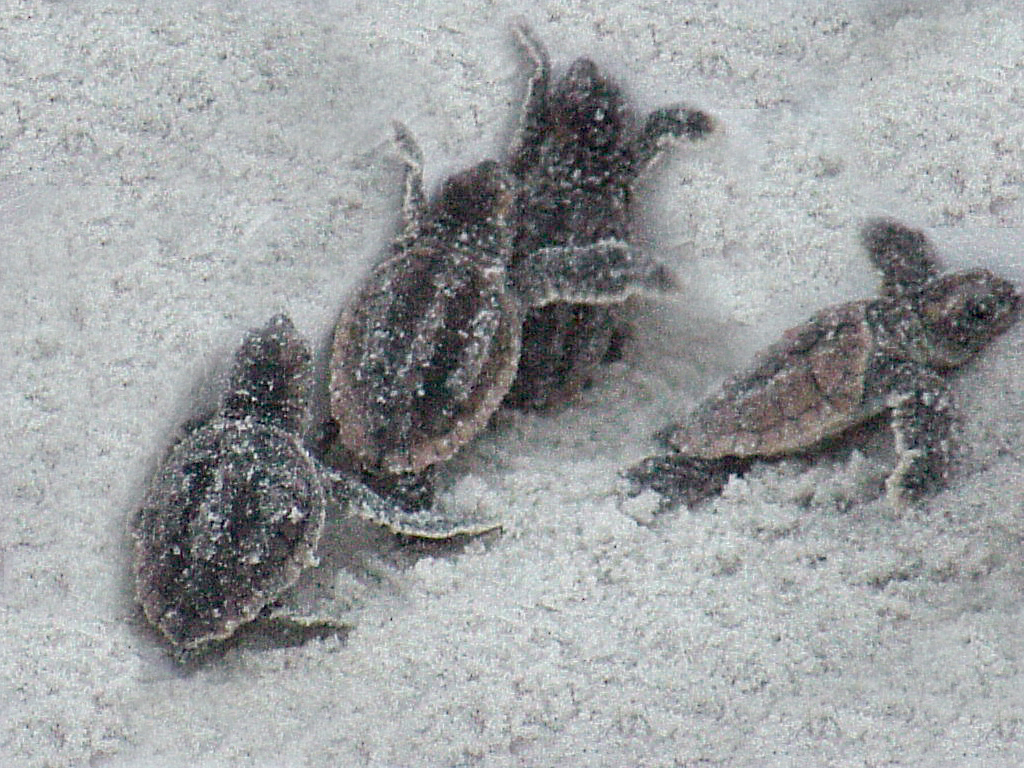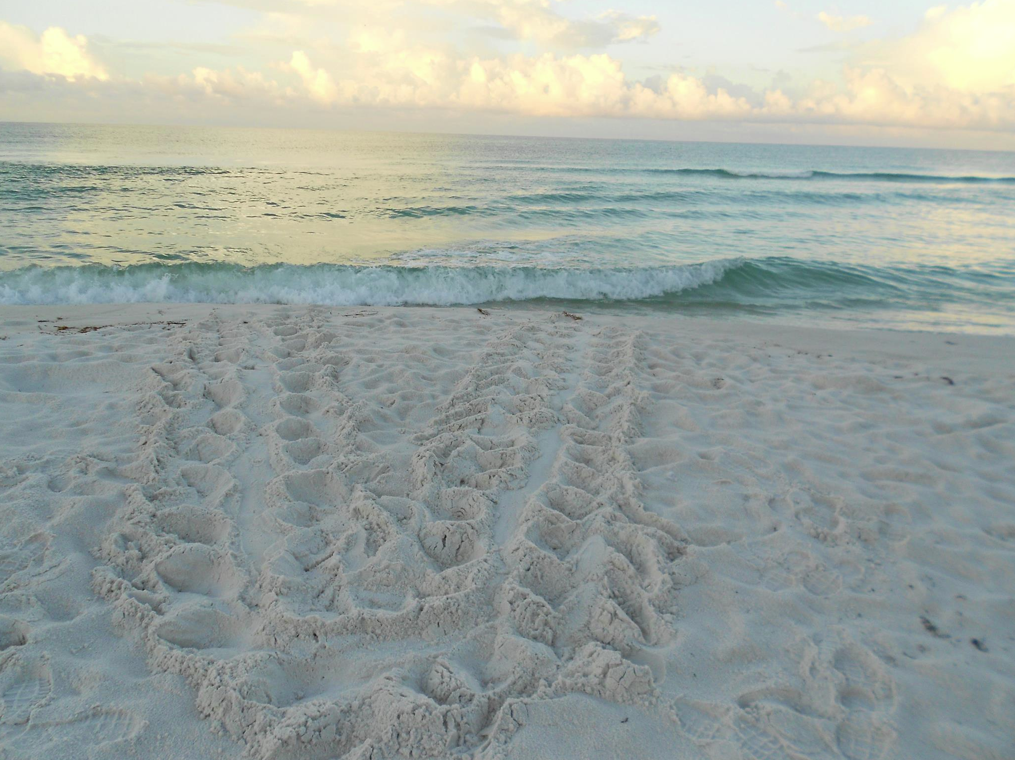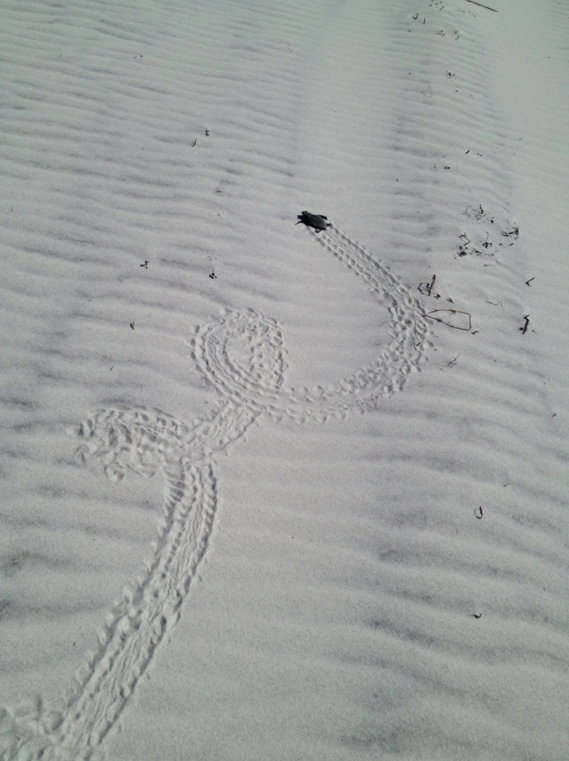Sea Turtles and amphibians, like frogs have been a topic on this blog more than once. Just as the miners once carried birds into the mines with them to forewarn of dangerous conditions we can be forewarned of pollution and problems in our ocean waters by Sea Turtles.
We are honored to have a guest author, Richard Fowlkes, join us today to describe the plight of the Seas Turtle and the efforts of a group of volunteers in Walton County Florida. Thank you Richard and the group at South Walton Turtle Watch- jughandle
About the Author
Richard started his career as a photographer, covering events in Athens GA where he attended the University of Georgia. Later Richard worked for several different newspapers and retired a few years ago as a Photojournalist for the Atlanta Journal Constitution. Richard and his wife Karen moved to Blue Mountain Beach, Florida where Richard caught the turtle bug and became a strong advocate for the preservation or our Sea Turtles.
Several years ago I had the pleasure of assisting Richard on a Turtle watch on the beach at night. It easily changed my prespective on what is important for our planet.
About the Story
Richard put this story together from information he gathered both first hand and from various other sites such as the Sea Turtle Conservancy site, the U.S. Fish & Wildlife Service site, National Geographic site, and others. All of the photos used are courtesy of South Walton Turtle Watch.
SWTW
What is extinction?
Major ecological effects of sea turtle extinction





